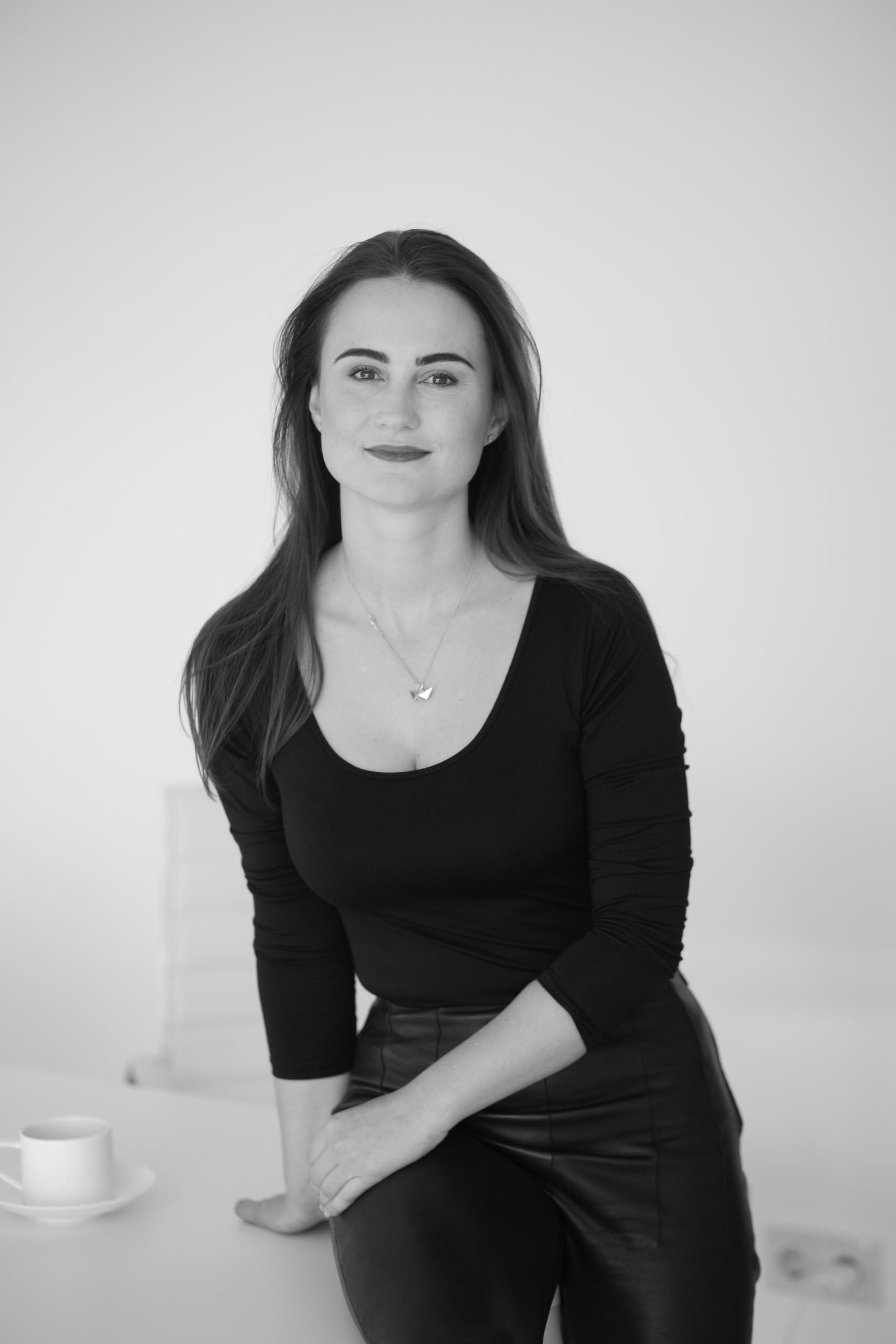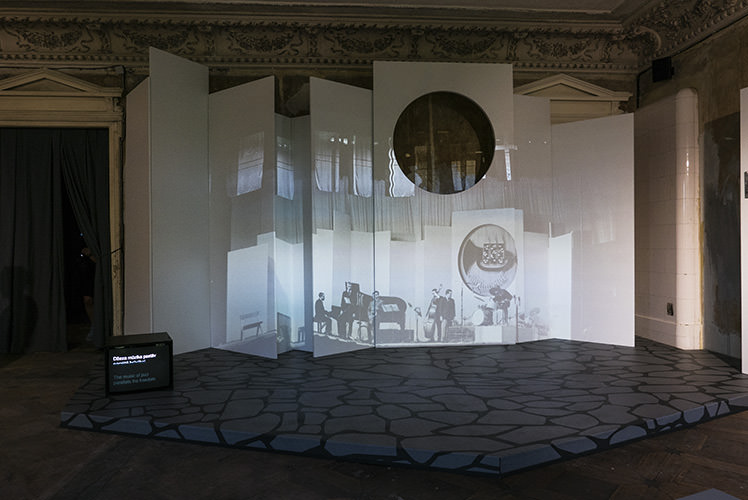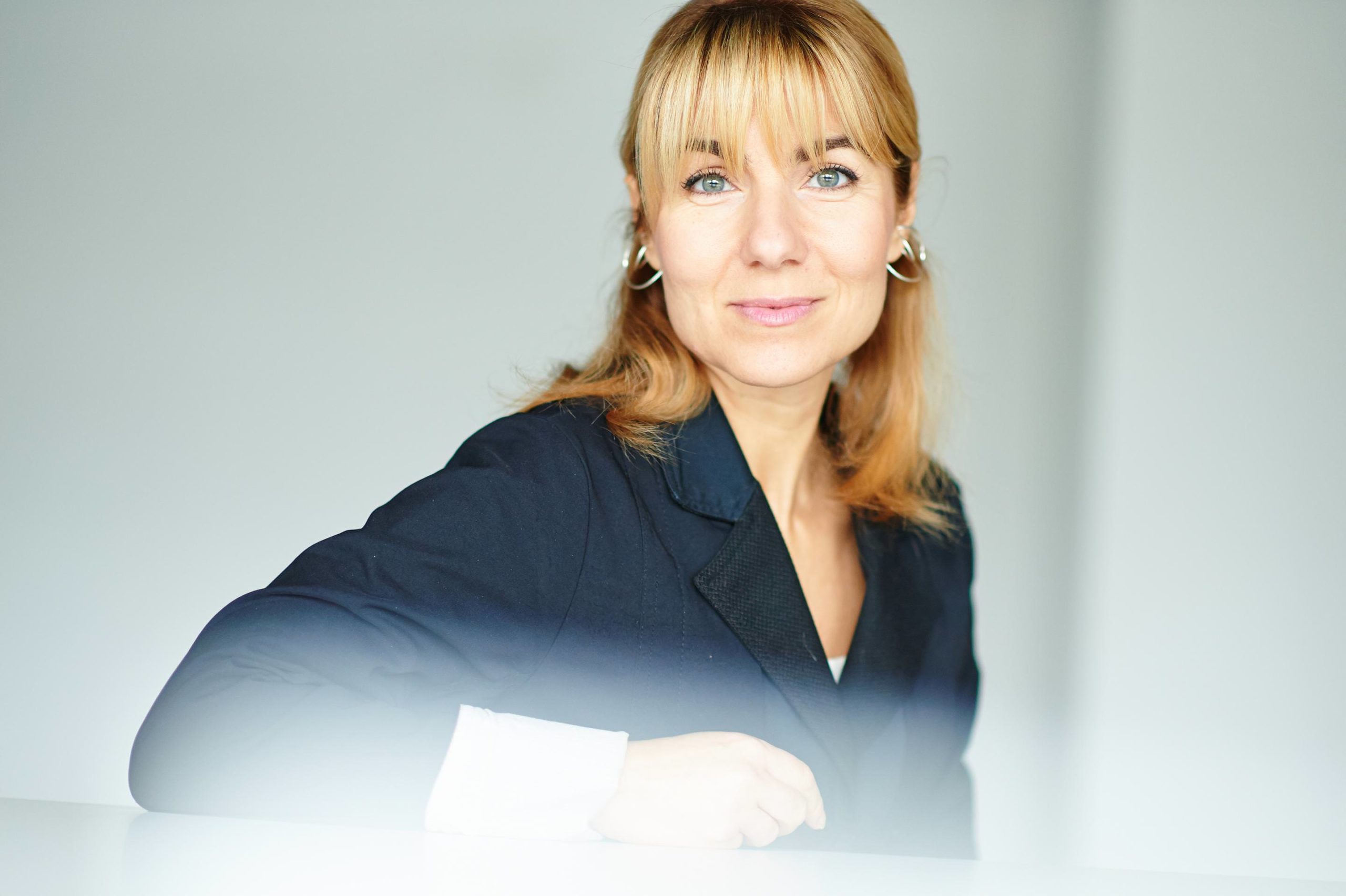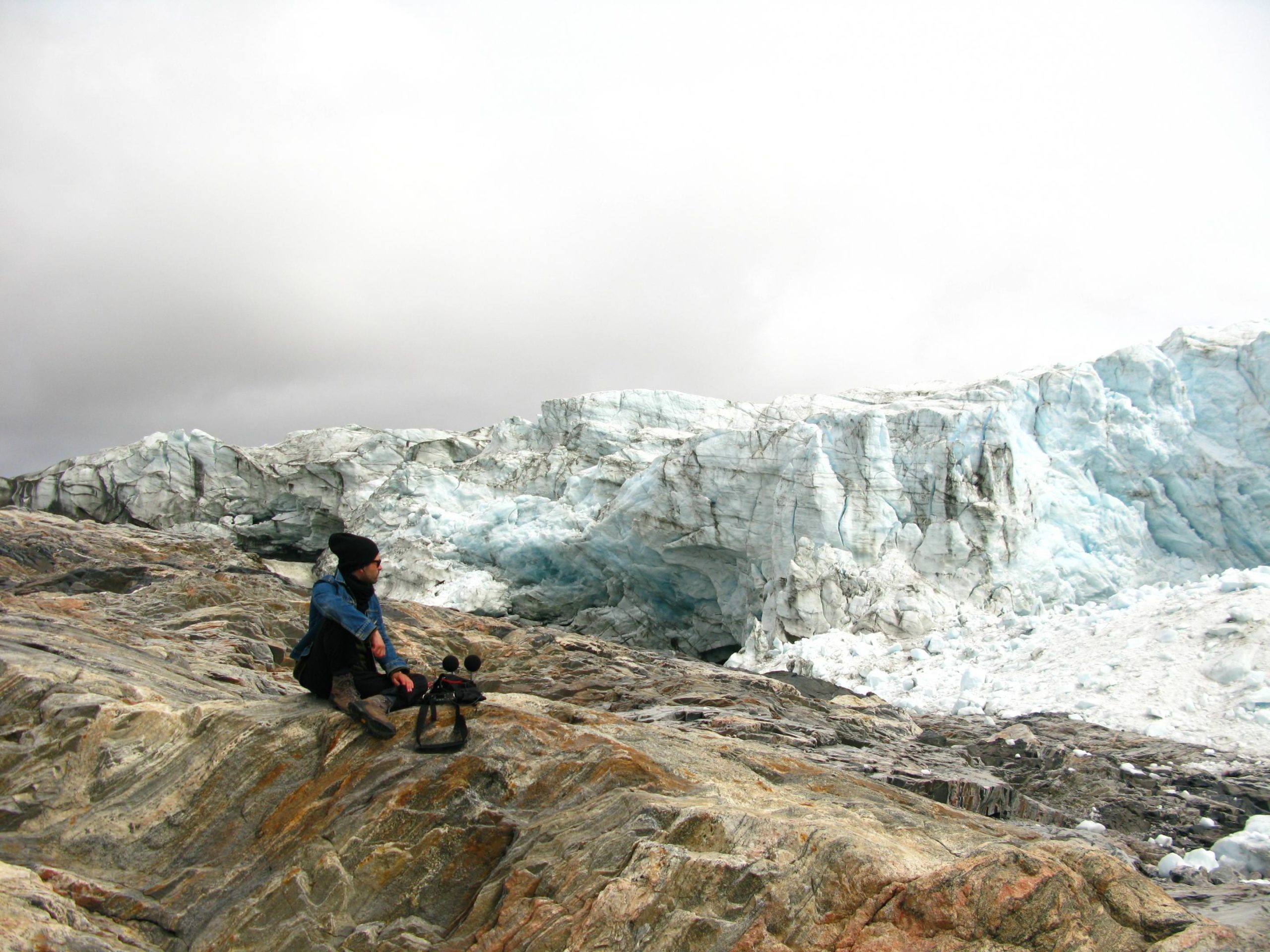Earlier this month, the inaugural Riga Biennial, RIBOCA1, opened in the capital of Latvia. Entitled “Everything Was Forever, Until it Was No More,” it investigates the impact of rapid change on contemporary society. A specific focus is placed on now and the near future, with more than half of the works on view being new commissions. Over 100 artists are participating—nearly 70% from the Baltic region, with the rest from countries like Korea, Argentina, Switzerland, Spain, and the Netherlands.
After the opening, Whitewall spoke with founder and commissioner Agniya Mirgorodskaya and chief curator Katerina Gregos about RIBOCA1, up through October 28.

Andris Eglītis and Katrīna Neiburga
The Nest
2018
Mixed media installation
New commission for RIBOCA1
Courtesy of the artists
WHITEWALL: As the founding director, what do you think the role of a biennial is in 2018?
AGNIYA MIRGORODSKAYA: Biennials offer a critical site for artistic experimentation, and provide a fertile space in which artists can create new work—which is why almost half of the works presented at RIBOCA1 are new commissions. Biennials should encourage and facilitate creative expression and support both established and new artistic talent.

Agniya Mirgorodskaya, Founder and Commissioner of Riga International Biennial of Contemporary Art.
Biennials engage with the city in which they are located, its architecture and history. Biennials invite artists to challenge conventional narratives and to offer new perspectives which in turn can produce change and contribute to the society of the region where it is taking place. And a secondary, incredibly important role of the biennial, in my view, is educational. Biennials also have the added advantage of attracting an international audience to a new, unfamiliar location, which I think is extremely exciting.
WW: What are your hopes for visitors to this inaugural biennial?

Liina Siib
Tallinn-1967
2018
Installation, collages, single-channel video, colour, sound
Duration 15 minutes
New commission for the 1st Riga Biennial
Supported by Eesti Kultuurkapital
Cultural Endowment of Estonia
Courtesy of the artist
Photo by Liina Siib
AM: I hope they will discover something new that will provoke new ideas and thoughts, something that will awaken their imagination and broaden their horizons.
As the biennial is reflecting upon topics of heightened anxiety and over-acceleration that people generally experience in their day-to-day lives, we wanted to provide visitors with the luxury of enjoying their experience without having to rush, or rather to “de-accelerate.”

Katerina Gregos, chief curator of RIBOCA1
Photo by David Plas
We paid special attention to the clear navigation of the biennial venues, to concise descriptions of all the artworks, as well as intensive training our mediators and guides.
I also hope that visitors from abroad will enjoy Riga and discover all the beauty and multiplicity of layers that this city has. Riga is truly a well-hidden gem in the heart of Europe that not many people know of.

Jacob Kirkegaard
MELT
2016
Four-channel sound installation
40 fee
Courtesy of the artist and Galleri Tom Christoffersen, Copenhagen
Photoby Arild Midtbø Kalseth
WW: How did you arrive at “the phenomenon of change” as the focus of the first Riga Biennial?
KATERINA GREGOS: Until the advent of the industrial revolution and modernity and, more recently, the technological and digital revolutions, life continued to evolve on the planet at a very slow pace and human beings had time to adapt to change. In less than 300 years we have had to adapt to habitats, practices and amenities that bear no resemblance to those, which our ancestors experienced for thousands of years and the speed of change, is ever-accelerating. During this period, the world has been dominated by humanism – not to mention homo-centrism.

Andris Eglītis and Katrīna Neiburga
The Nest
2018
Mixed media installation
New commission for RIBOCA1
Courtesy of the artists
In years to come, natural selection may cede to artificial intelligence and scientific intervention. The seeming mastery of man over the planet in the age of the so-called “Anthropocene” means that the world is likely to change beyond recognition during this century. The world we now know and understand may no longer exist in the near future. Although the speed of change—fueled predominantly by science and technology—is remarkable, we barely have time to grasp and understand these changes that are being thrust upon us. We have entered a period of instability when many of our cherished assumptions and certainties are being thrown in the air.
Every day, expectations and predictions—political and otherwise—are turned on their heads. For all these reasons, I felt it is the right moment to talk about different manifestations of change from the social and political to the scientific and technological, at this time of accelerated changes and transitions in so many domains of life.
WW: How did you cultivate artists and projects for the biennial?
KG: I looked for works that are content-rich, conceptually intelligent, complex, layered, socially and politically minded—very often historically grounded—which are at the same time visually engaging and sometimes even poetic or humorous. I am interested in art that bridges the gap between the politicality and criticality and the aesthetic.
Many of the artists I have selected for the biennial make work that is research-based and realized over a long period of time, often working in collaboration with other professionals from different disciplines from science and technology to history, anthropology and ethnography. These kinds of practices often generate considerable knowledge production on several levels, as many artists mine fields and areas, which reveal hidden facets and little known or marginalized histories. I am also very interested in practices that are multi-sensory, immersive, and embody more than one sense. Based on these criteria, I selected the 104 artists participating in the biennial.
WW: How does the location and geography of Riga and the wider Baltic region play a role in the theme of the biennial?
KG: The title of the biennial is “Everything Was Forever, Until it Was No More,” and it is borrowed from anthropologist Alexei Yurchak’s book of the same name. In it, Yurchak discusses the collapse of the Soviet Union and one particular characteristic that defined it: the sense that although the Soviet system was felt to be permanent and immutable, its demise was at the same time perceived as completely natural. The shock of being thrust into a new order came only later.
The title of his book suggests the slippery nature of change, that what may seem eternal can suddenly come to an end. The title of Yurchak’s book resonates across the entire post-Soviet sphere, the Baltic States included, but it can also be seen as a potent metaphor for our own era of unprecedented changes and “fast-forwarded history.” The history of the Baltic States and the aftermath of the collapse of the Soviet Union of course constitute one of the narratives within the biennial.
Riga, as an important metropolis in the region now and in the past, provides an ideal locus to explore the nature of change as the city and its geographic surrounds have often experienced violent, pivotal and systemic change and have had to deal with the resulting political and economic restructuring, identity renegotiation, and global reintegration.
With Putin’s assertive presence in the region, his nationalist and expansionist tendencies, and, on the other hand, the presence of NATO bases in the Baltic region, whose countries are part of the EU, this part of the world is currently in the spotlight, and caught in between shifting geopolitics and conflicting ideologies. These are all issues that are raised in the biennial from both a regional but also global perspective.






